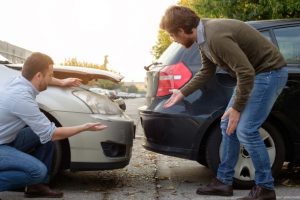Fatal car accidents sadly are a common occurrence in New York, and in many cases, they are caused by dangerous conditions encountered in the roadway. While people who lose loved ones in collisions are frequently able to recover damages from the parties responsible, fatalities do not always arise out of negligence, and a plaintiff must prove that the defendant’s acts proximately caused the harm alleged to recover damages. Recently, a New York court issued an opinion explaining the proof needed to establish proximate cause in a case in which the plaintiff’s decedent died after crashing into a barricade on a bridge. If you lost a loved one in an accident caused by someone else’s negligence, you could be owed damages, and it is advisable to contact a knowledgeable Buffalo car accident attorney about your rights.
The Decedent’s Harm
Allegedly, the decedent was a passenger in a vehicle that crashed into a bridge that was no longer in commission. He suffered fatal injuries in the accident, after which the plaintiff filed a wrongful death lawsuit alleging, in part, that the defendant negligently maintained and operated the bridge. Specifically, the plaintiff asserted that the steel box barrier the defendant used at the entrance of the bridge created a dangerous condition. A non-jury trial was held, and the court determined that the steel box barrier was not a substantial factor in bringing about the decedent’s death and found in favor of the defendant. The plaintiff appealed, but on appeal, the trial court ruling was affirmed.
Establishing Proximate Cause in Negligence Claims
The appellate court found that, contrary to the plaintiff’s assertions, a fair assessment of the evidence supported the trial court’s ruling. Further, the court rejected the plaintiff’s argument that the ruling violated prior case law establishing that victims of accidents are not required to name specific remedies and prove that if they were implemented, it would have prevented the harm suffered. Instead, the court explained that a trial court is not precluded from weighing whether a person was likely to suffer the same harm regardless of whether the defendant acted negligently. Continue reading

 Buffalo Personal Injury Lawyer News
Buffalo Personal Injury Lawyer News









